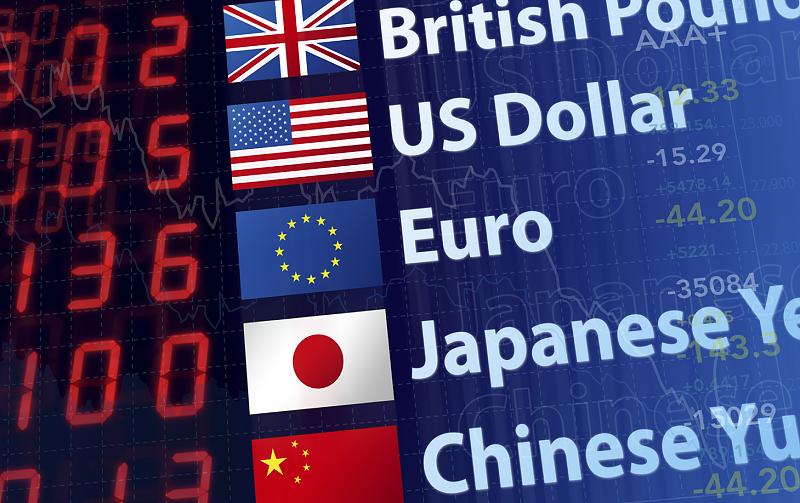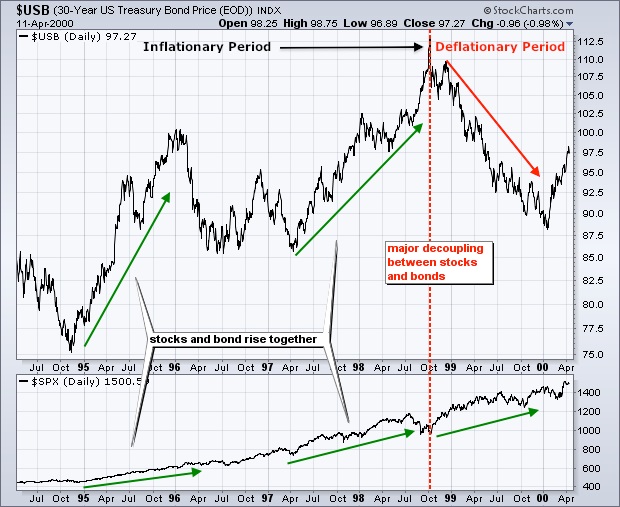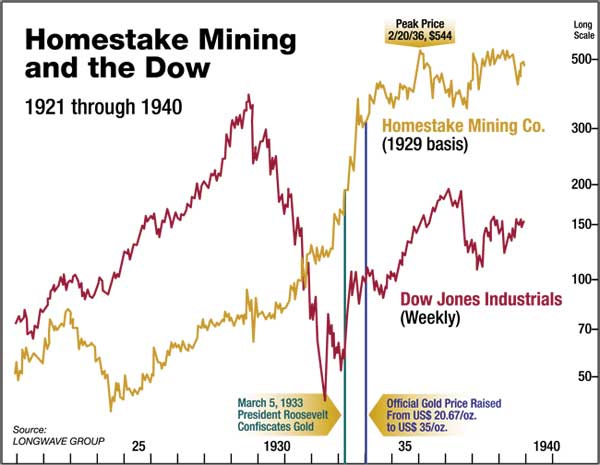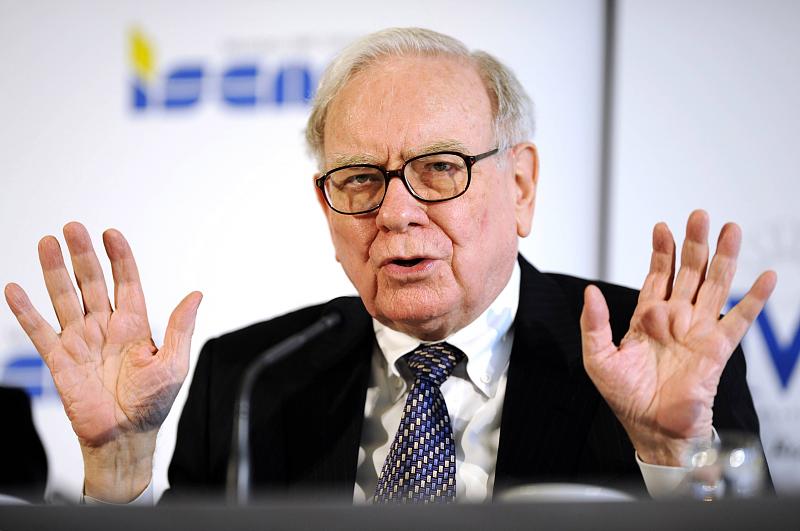Silver vs. Platinum: Which is the Better Investment?
This video takes a look at the supply (i.e. amount mined) and demand of silver relative to platinum. Which one has the greater supply/demand imbalance, and thus might be a better value opportunity? Watch the video to find out.


 1Likes
1Likes LinkBack URL
LinkBack URL About LinkBacks
About LinkBacks










 Reply With Quote
Reply With Quote







Bookmarks